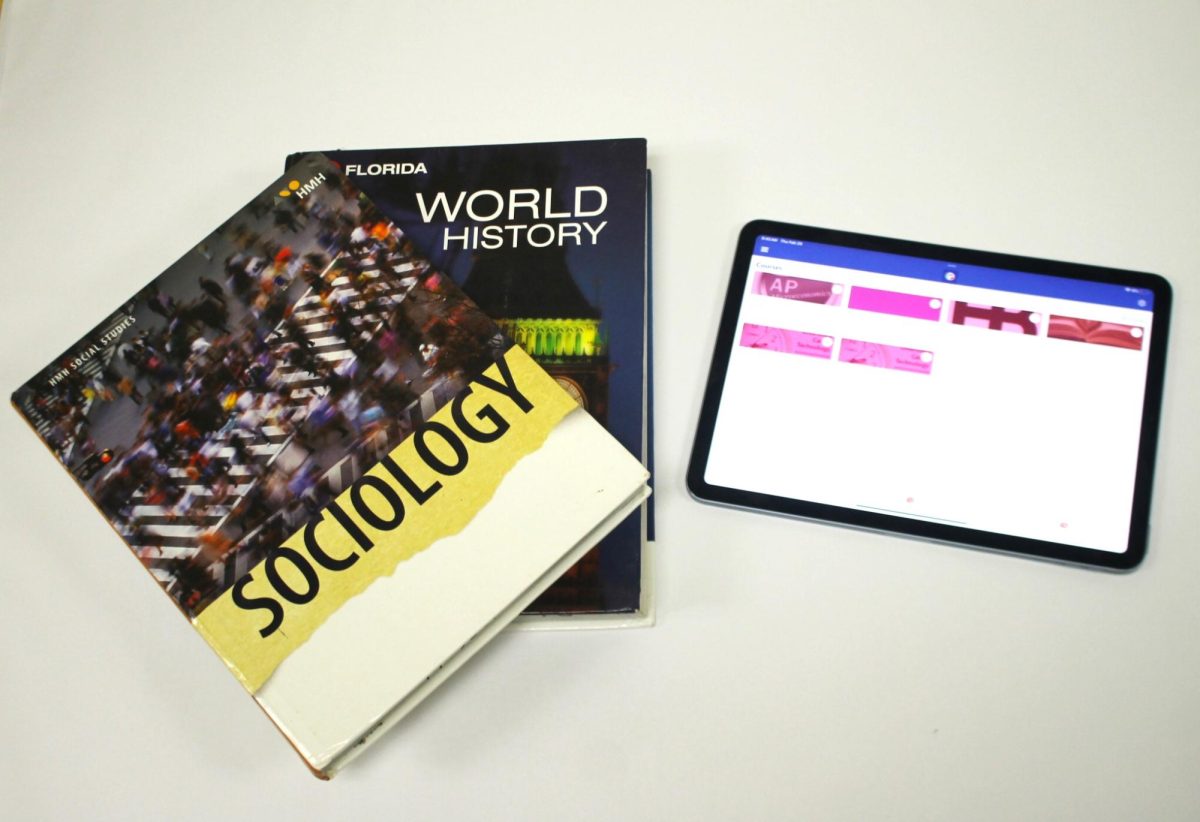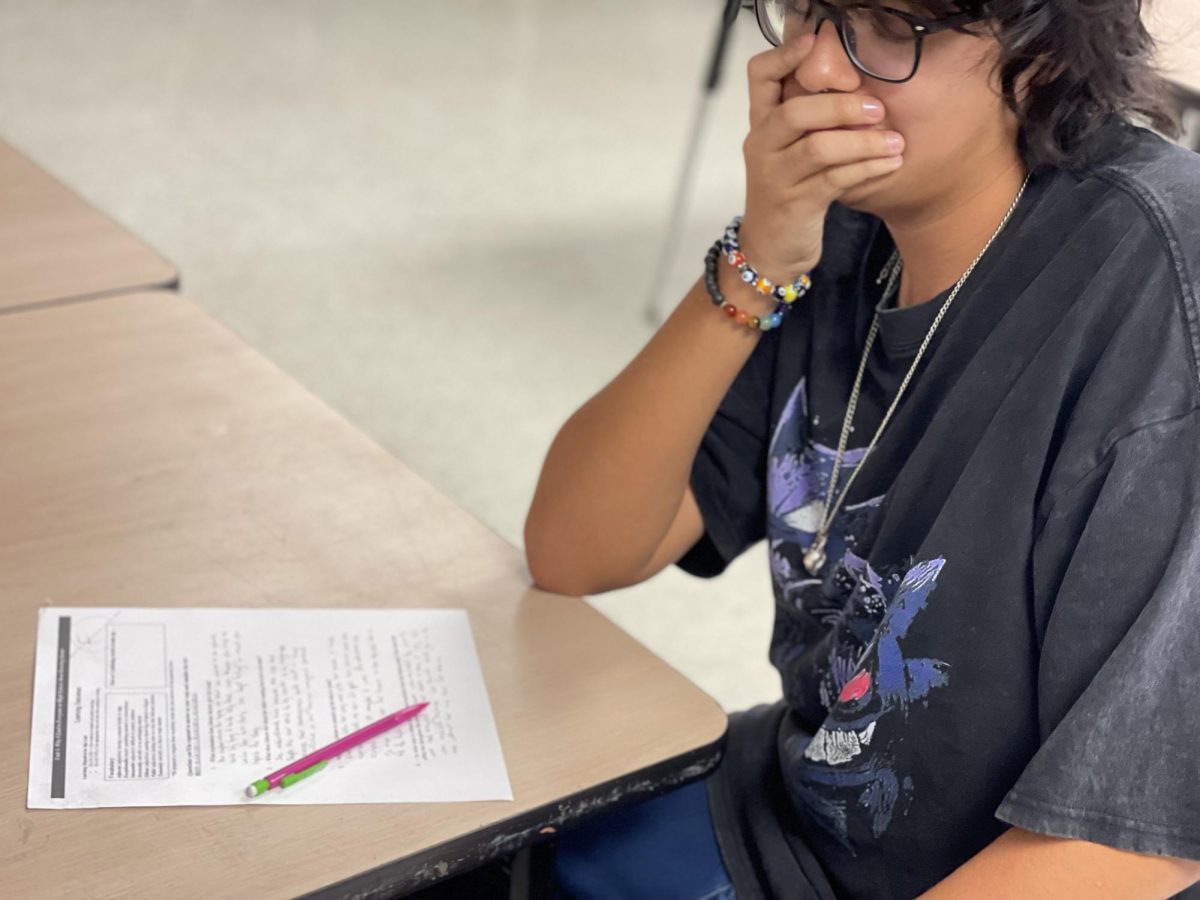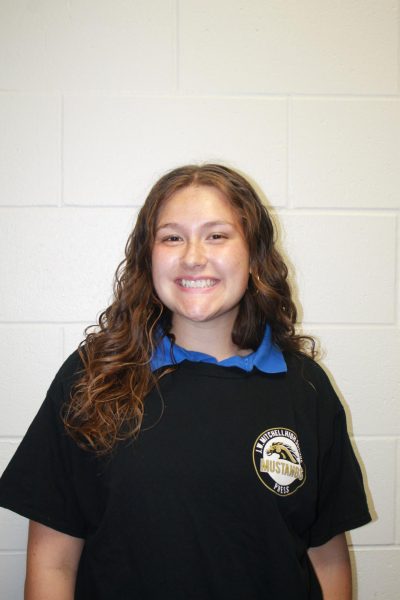Making the Journey to School
Faced with challenging problems, students must find their own way to get to school.
September 20, 2022
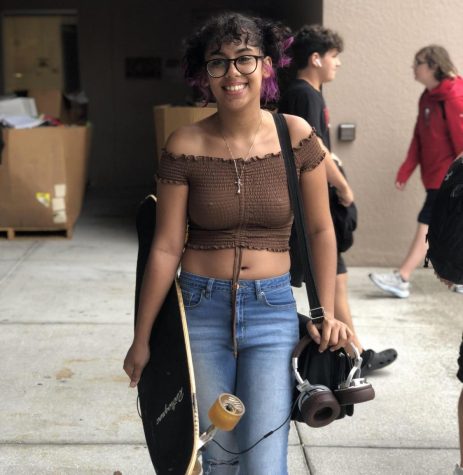
As the 2022 school year settles in, many students are still left with the struggle of arriving to and from school. Over the summer, Pasco county made the decision to end all “courtesy” bus rides to secondary schools; this includes omitting any student living within a two-mile radius of the school. Due to the fact that a radius was chosen to determine distance, many affected students found that they actually live more than two miles away when staying on sidewalks and obeying traffic laws. The new bus policy came to be as a result of ongoing staffing issues, including three dozen driver vacancies, and a lack of state funding for courtesy rides to be continued.
According to Steve Hegarty, a Pasco Schools spokesperson, “The state says that if you live within two miles of a school, there is an expectation that you can get your son or daughter to school, whether they ride a bike, whether they walk or whether you take them.”
Of the over three thousand students affected countywide, Naniki Rivera (’24) stands out. She must now take on the burden of finding her own way to school and back on an almost daily basis.
“To walk it’s like an hour and forty-five minutes and to longboard, it’s an hour… In the summer, my mom found out that they weren’t going to get me a bus so she was pretty frustrated.” Rivera said.
Taking matters into her own hands, Rivera decided to longboard to school to help alleviate parental concerns. However, this requires her to wake up at 5:30 in the morning to get ready and make her journey. Describing her unfavorable experience further, she states, “I’ve had a few [bad experiences], but basic stuff, a girl going down a street is an issue.”
Adding on, students who lack transportation must deal with questionable safety standards. This includes walking on the side of the road where there is no sidewalk and having to be outside during inclement weather conditions because there is no other option.
Isaac Warrior (’25), a returning bus rider, provides a more positive view of the situation. While he agrees students within the courtesy range should be provided transportation, he notes that as a bus rider, his experience changed for the better.
“Last year we had to wait- we were double run. We were waiting twenty to thirty minutes every day.” Warrior remarked. “[Now,] we just arrive to first period a bit late.”
It is agreed upon by many that this is a challenging situation with no clear solution. With the inadequacy of funding and proper staffing, there is no way to come up with a solution that benefits everyone.
Jacob Flynn (’24), a former bus rider within the courtesy range, shares his insight on the new bus policy.
“I was going to drive this year anyways but now I have no choice. I’m kinda forced to…What about middle schoolers? It’s so sad because I’m sure a bunch of their parents work early in the morning, you know? They have to cross a lot of intersections and if I was a parent, I wouldn’t want my kid walking across ’54, or Little Road, or Mitchell boulevard because there are some crazy drivers out there that won’t pay attention.”
With concern circulating around students and parents, there remain no decisive answers concerning what to do moving forward.





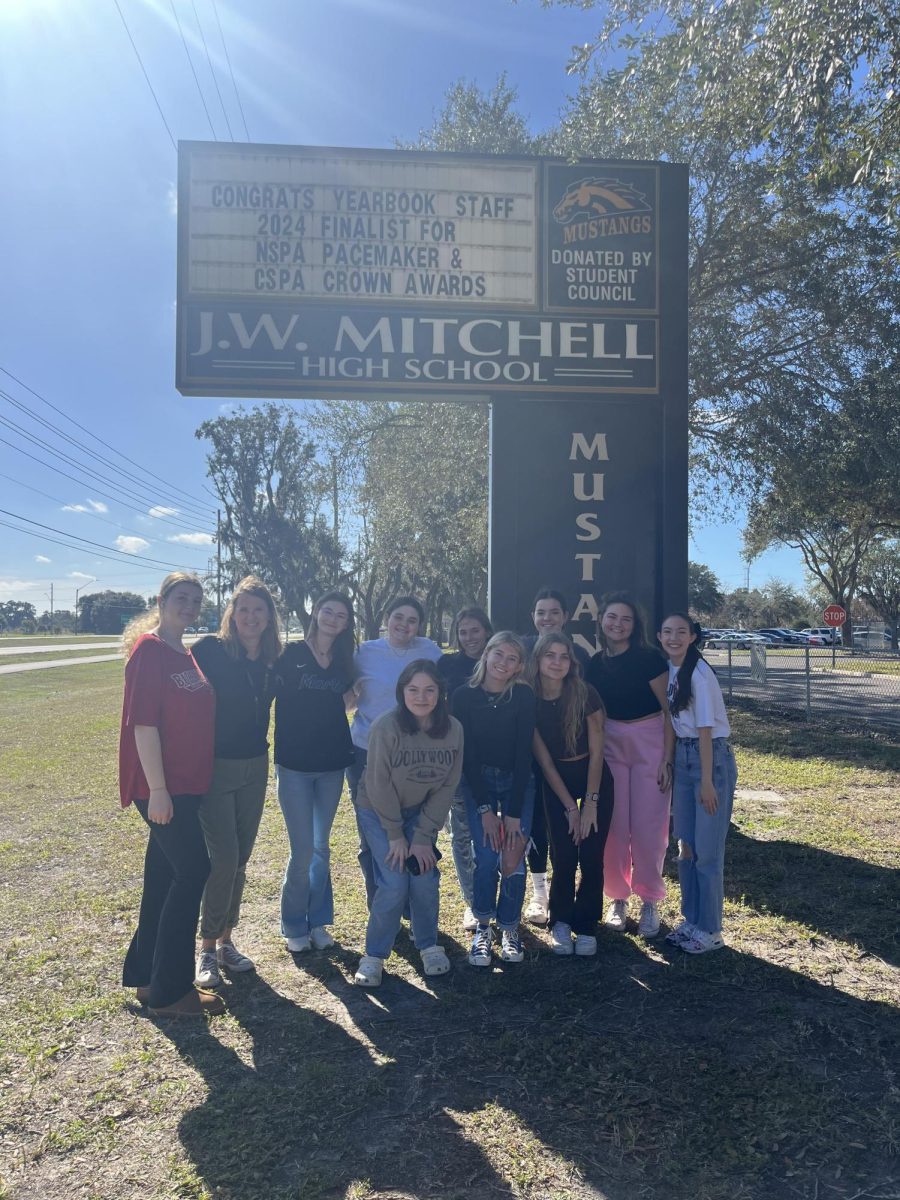
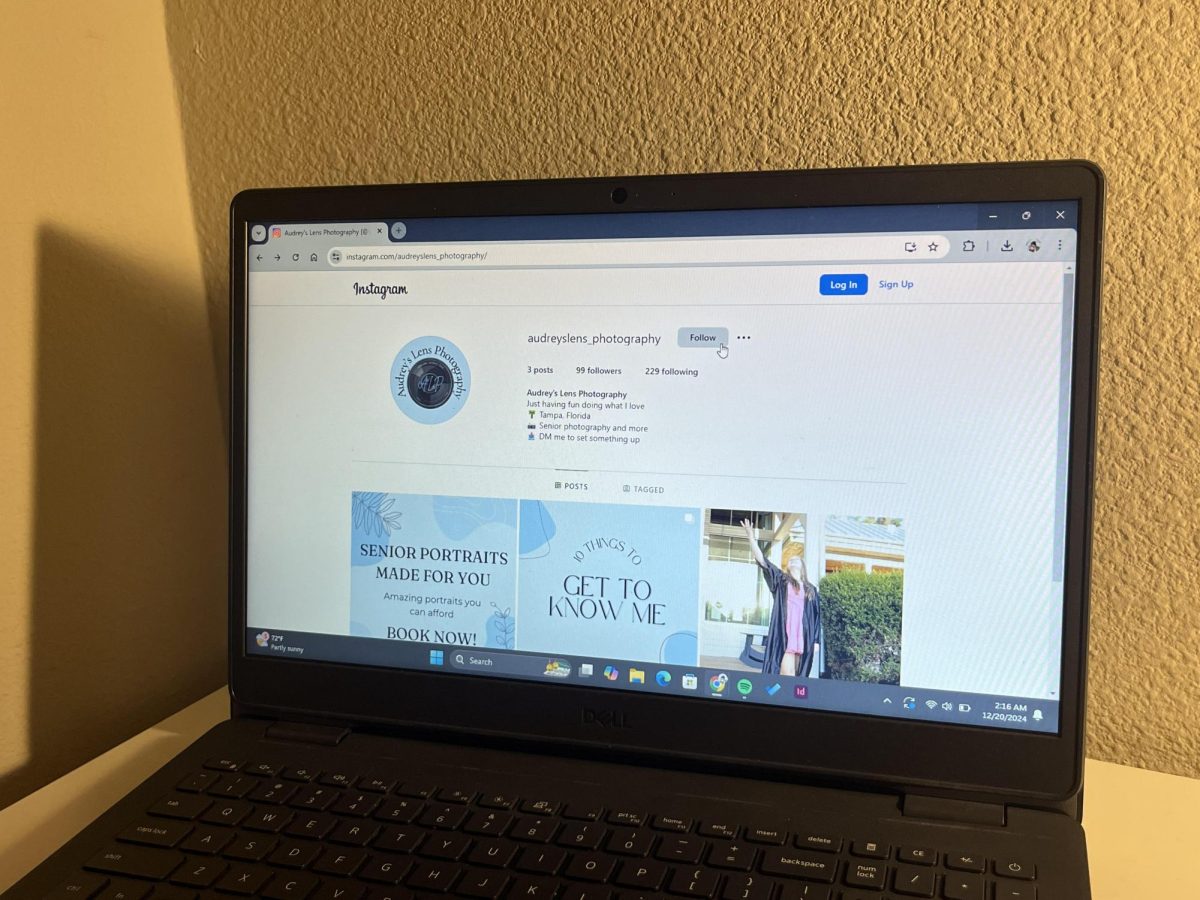
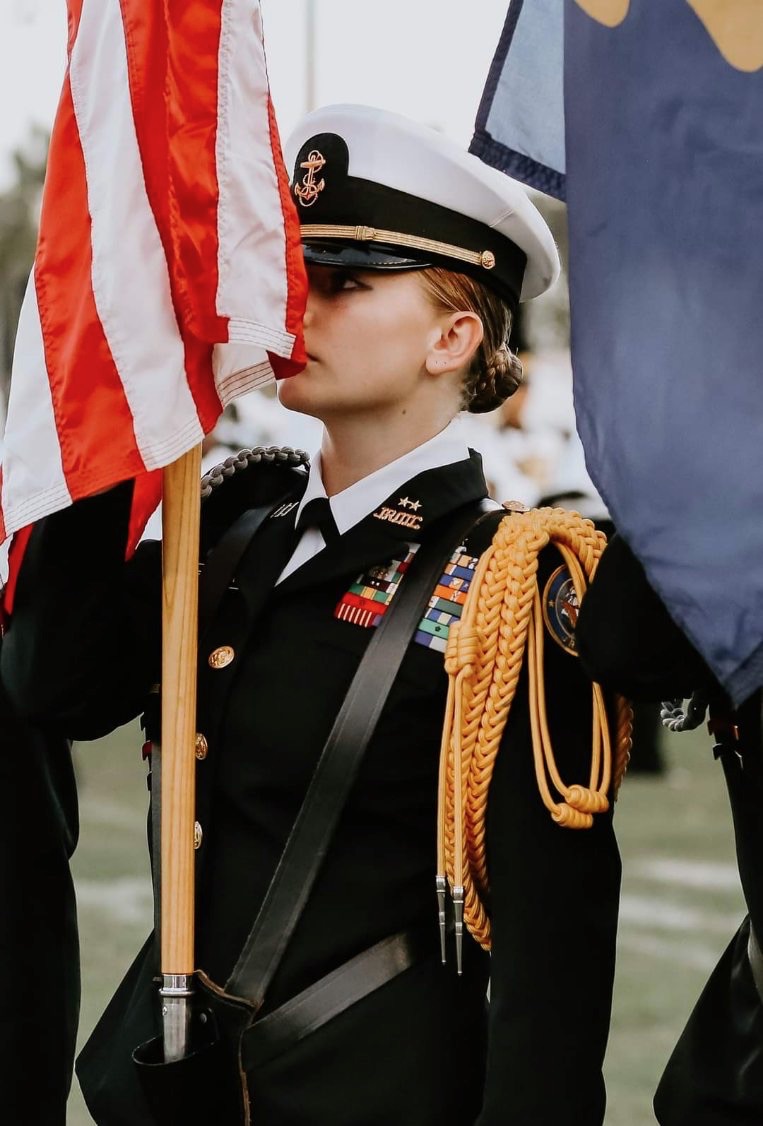
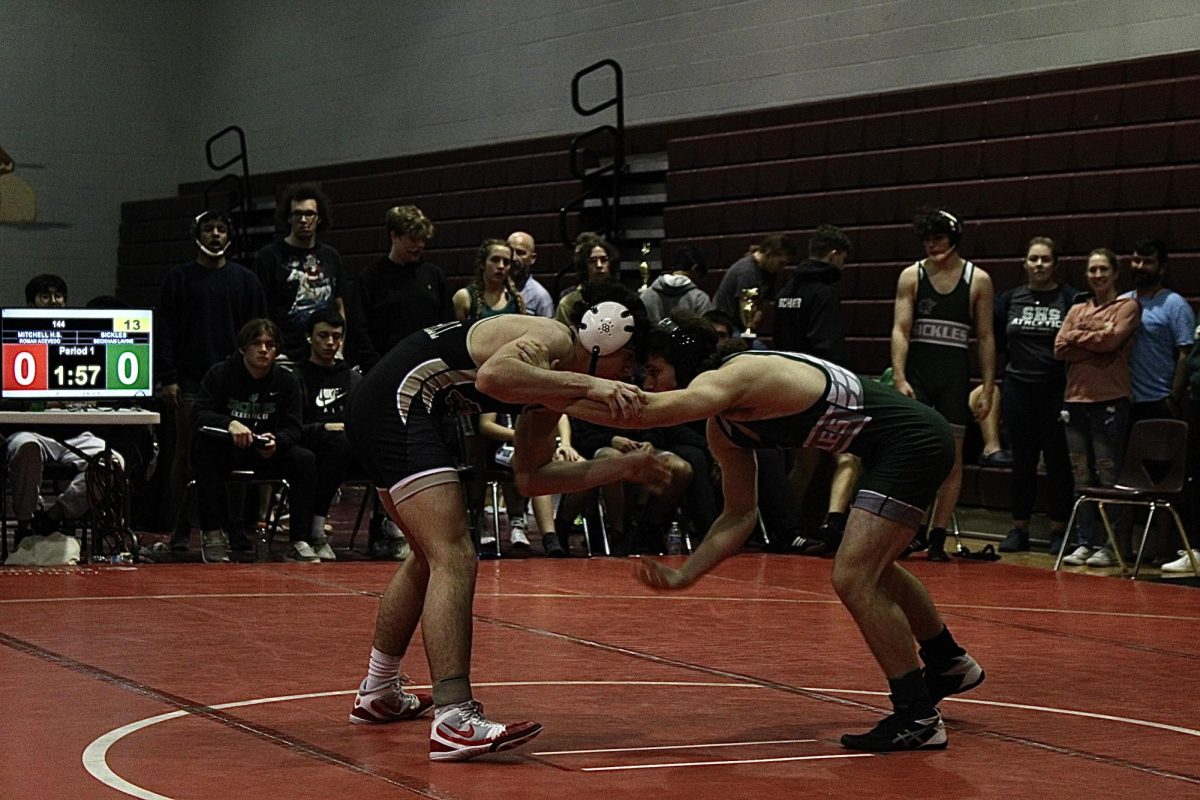
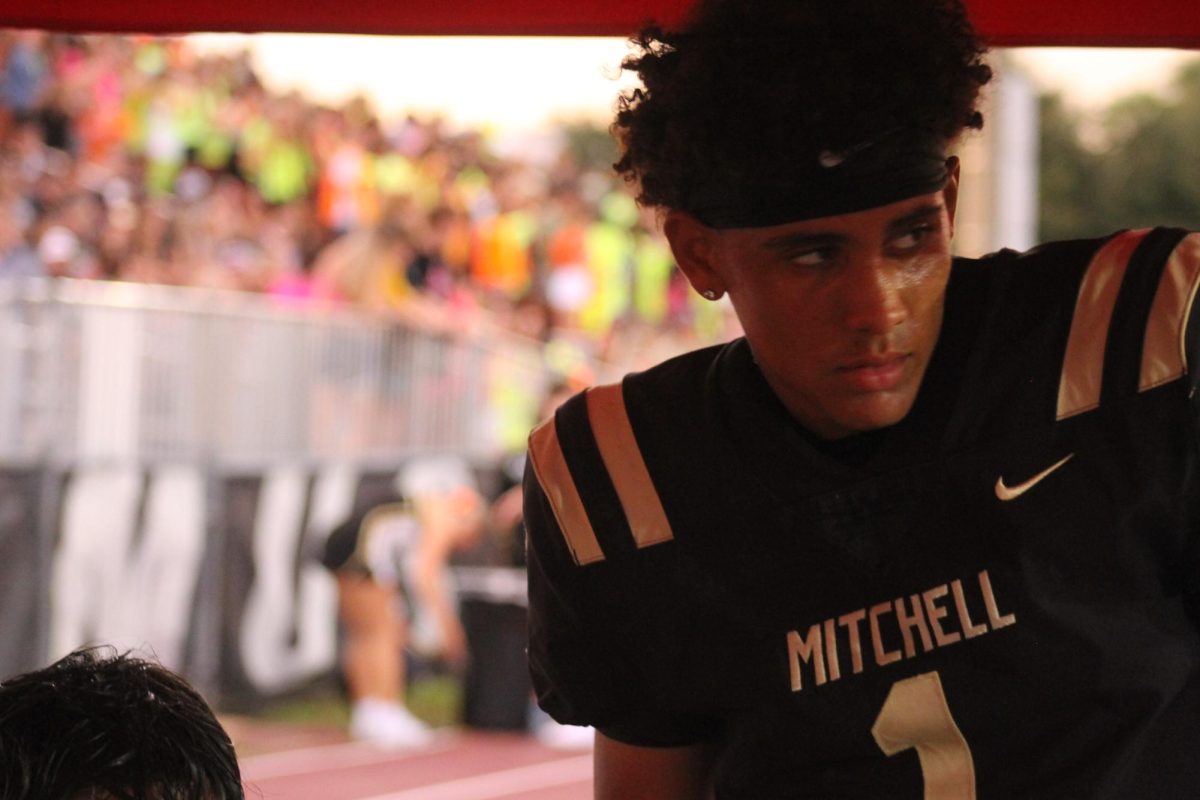
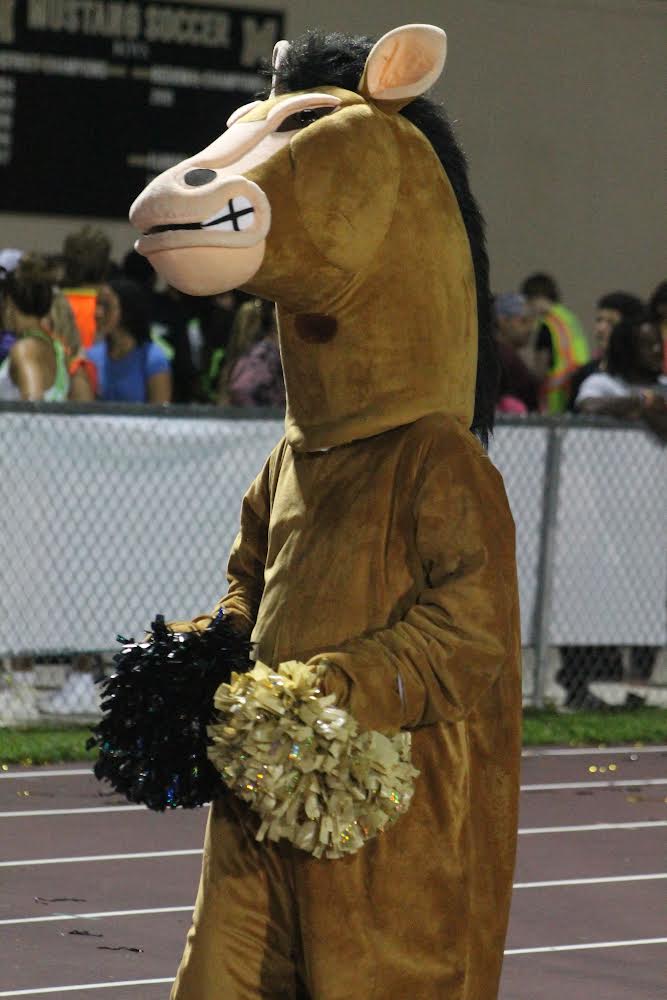
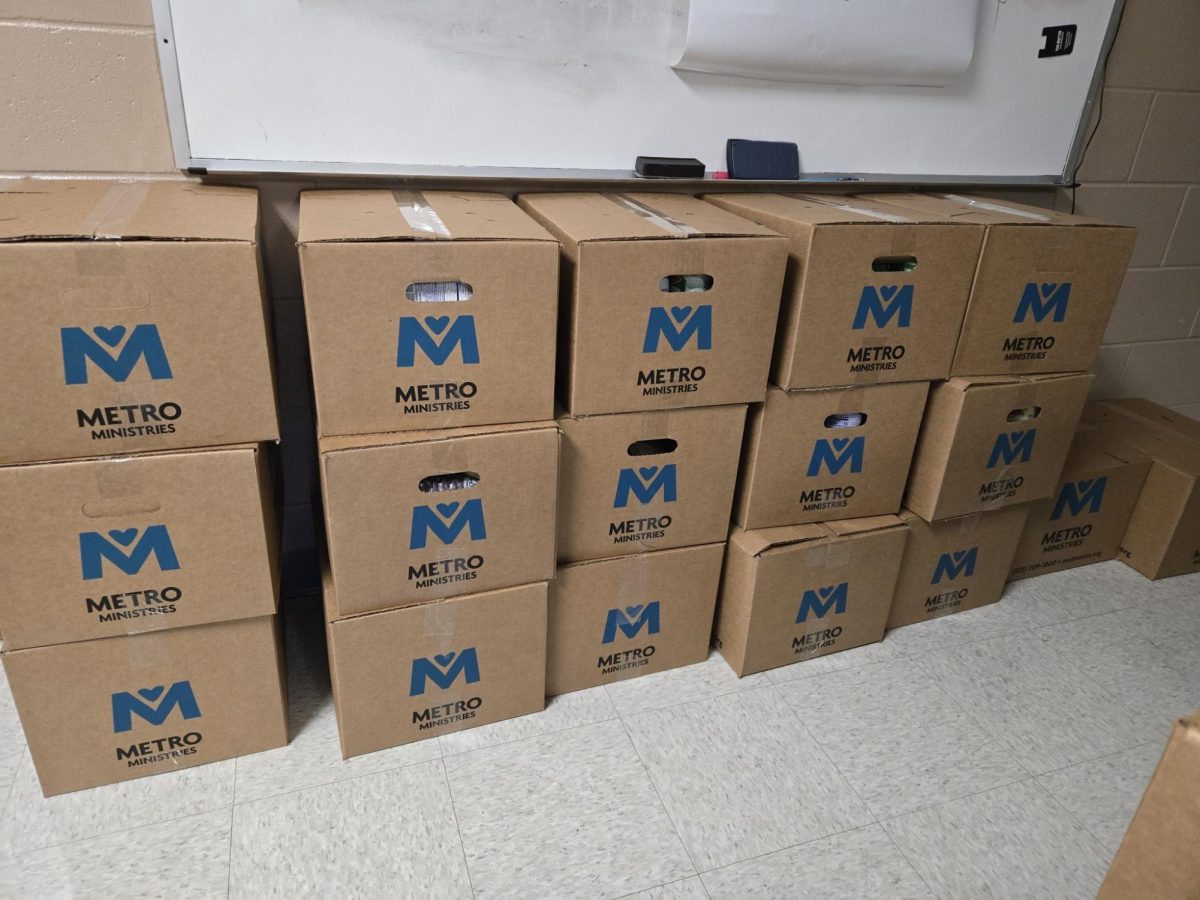


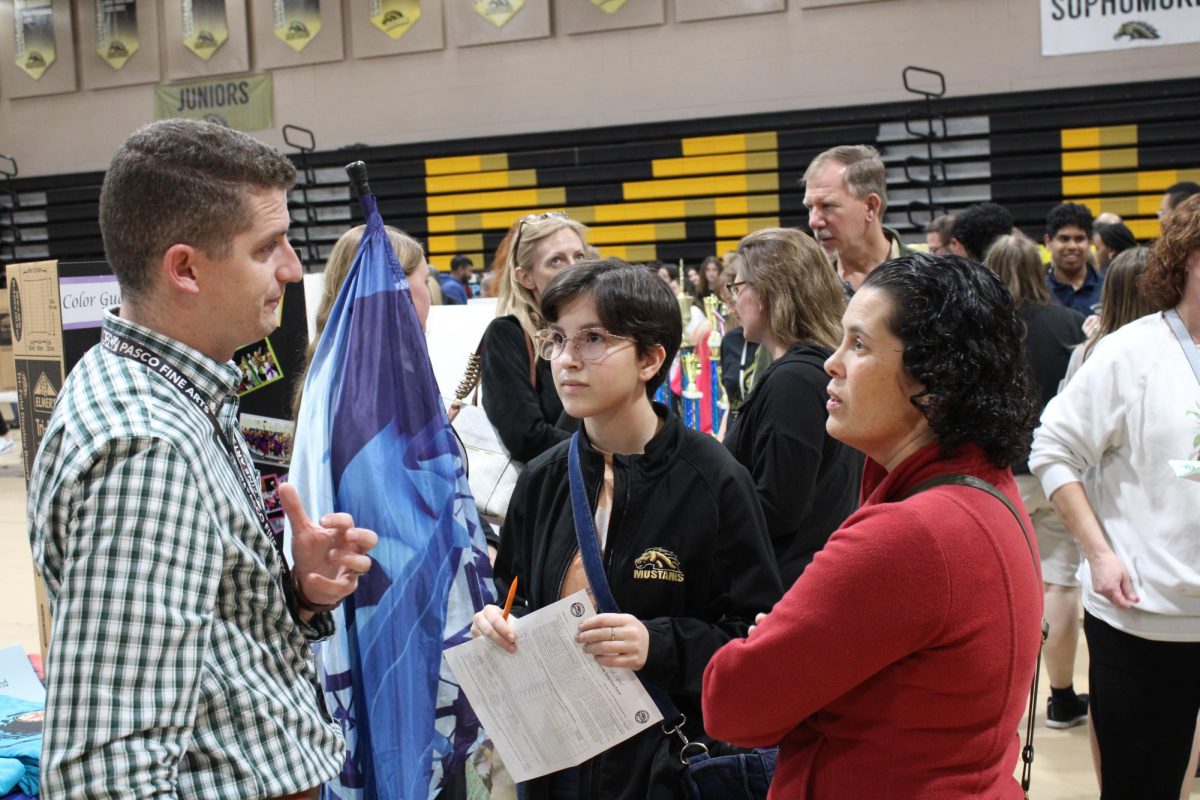


![Colin McRaven ('24) prepares to pitch the ball to an Anclote batter during the Varsity pre-season game."I like striking people out, since it's fun. The game against Anclote was pretty easy because they were less talented than our team and [I think] we were better than them in every aspect," Colin McRaven ('24) said.](https://jwmhshoofbeat.com/wp-content/uploads/2024/03/IMG_1538-1200x928.jpg)
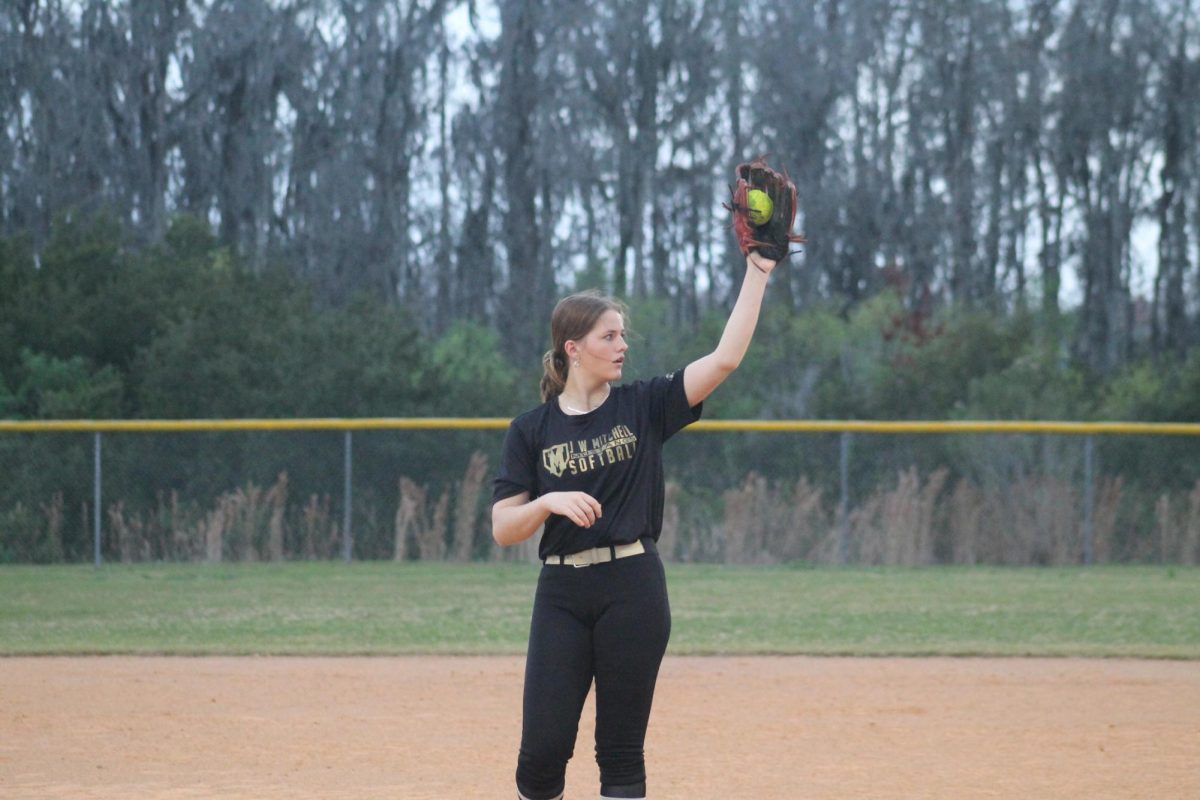
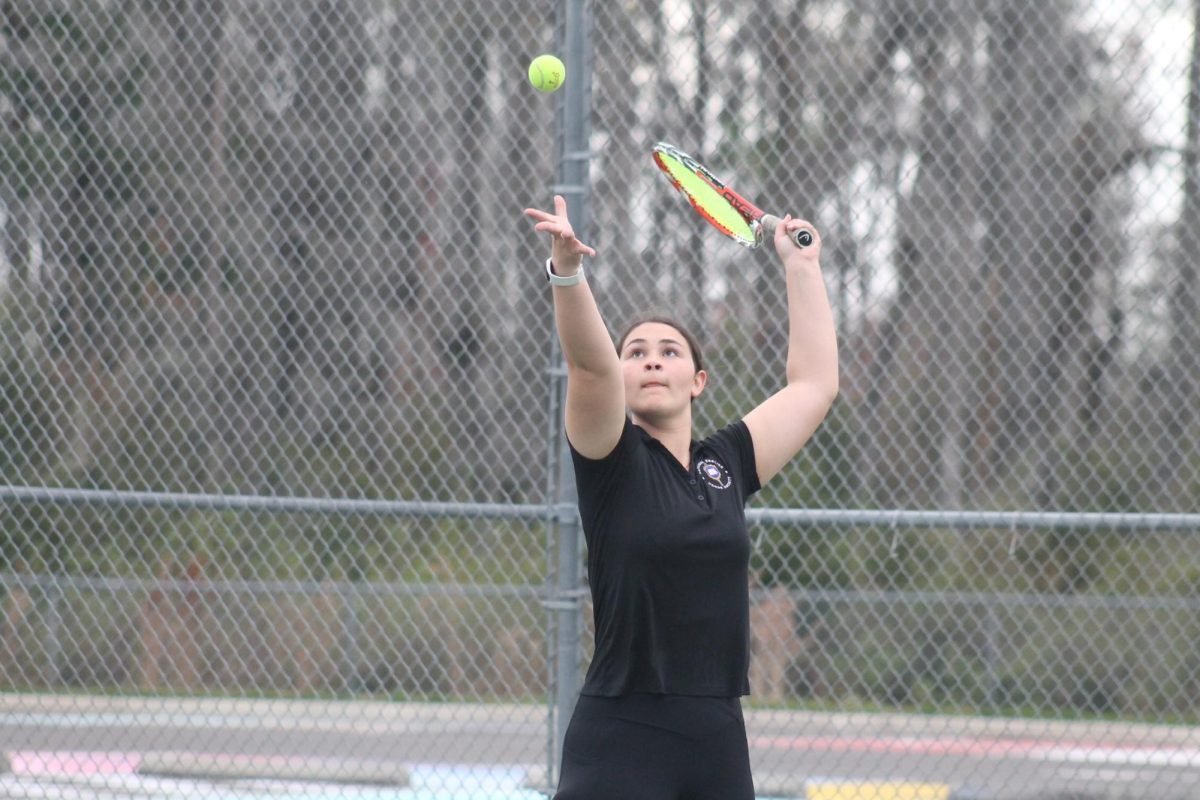


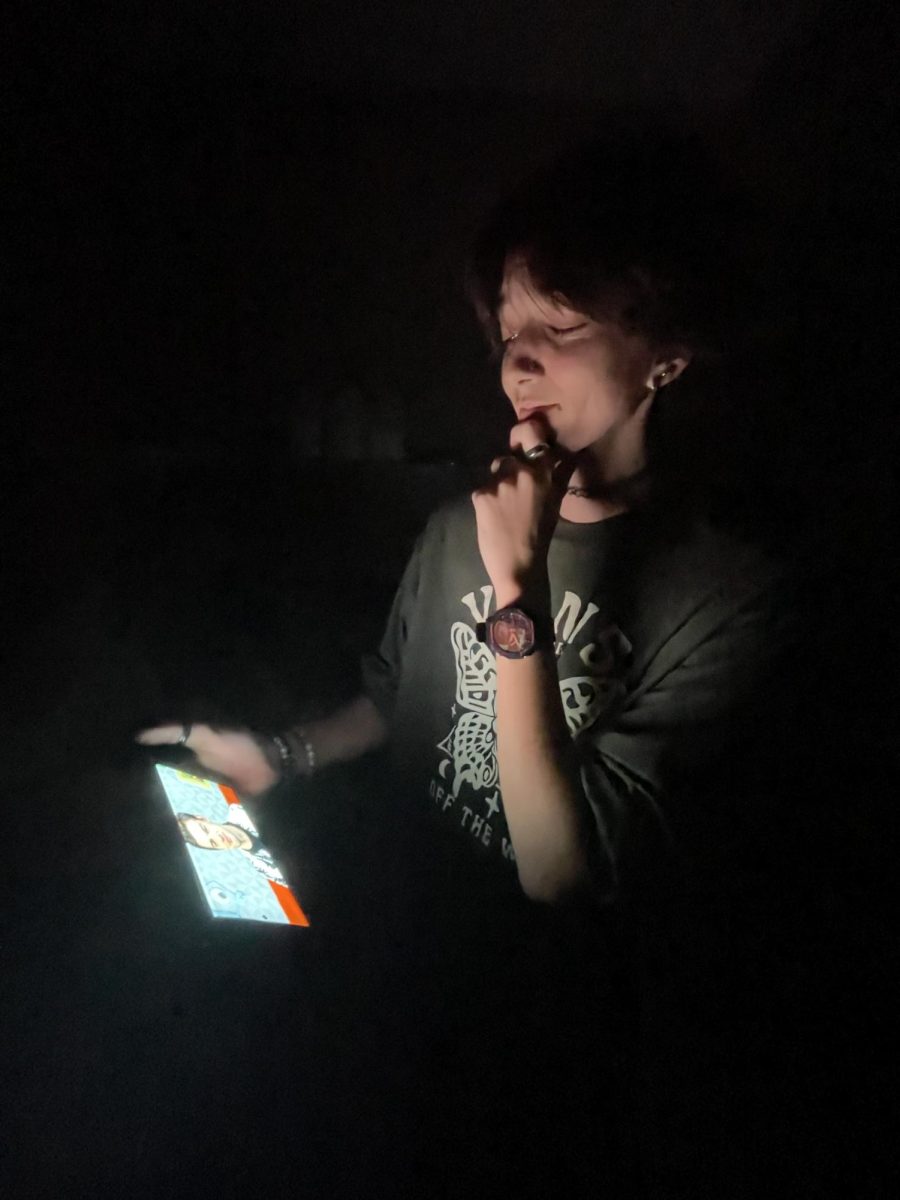


![Meryam Ghobrial’s (’27) Spotify Wrapped provided "genre" for the month of April. “Some other people got the same [AI generated] genre name for different artists of the same genre” Ghobrial said. Photo provided by Meryam Ghobrial.](https://jwmhshoofbeat.com/wp-content/uploads/2025/02/unnamed-555x1200.png)

